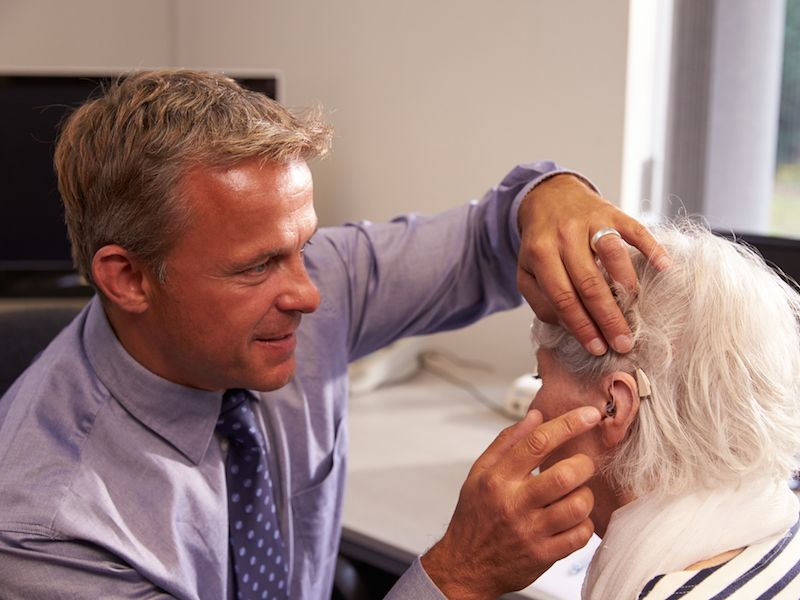
The numbers don’t lie: you may need hearing aids someday. A study from NIDCD estimates that around a quarter of all people from 60 to 75 have some form of loss of hearing, and that number jumps up to 50% for people 75 and older. But how can you be sure which model is correct for you when you realize it’s your best opportunity to combat loss of hearing? Hearing aids at one time had problems including susceptibility to water damage and excessive background noise but cutting-edge hearing aids have solved these kinds of issues. But there’s still a lot you need to know when picking out a hearing aid to make sure it works with your lifestyle.
Directionality is a Key Feature
Directionality is one important feature you should look for, which is your hearing aid’s ability to focus on the specific noise near you (like a conversation) while reducing background noise to a minimum. Most hearing aids have different directionality systems, which either focus in on the sound directly in front of you, the sound that’s coming from different speakers, or a mix of those two.
Will Your Hearing Aid Connect With Your Phone?
As a nation, we’re addicted to our phones. Even if you don’t have a smartphone, chances are you have a flip phone. And on the off-chance that you don’t own any kind of cell phone, you most likely still have a land-line. So, the way your hearing aid works with your phone is an important concern when you’re looking at hearing aids. What is the sound like? Are you capable of discerning voices clearly? Is it Comfortable? Is it Bluetooth Ready? When looking at new hearing aids, you should take into consideration all of these.
Are You Likely to Use it?
In the past few years, as noted above, the development of hearing aids has vastly improved. One of those advances has been the size and shape of hearing aids, which are a great deal smaller today. Still, there are always going to be some trade-offs. A more compact hearing aid may not be as powerful as a larger one, so it really depends on your hearing professional’s suggestion and what you want to accomplish with your hearing aid. You can get a hearing aid that fits directly into your ear canal and is all but invisible, but it won’t have many of the functions available in larger hearing aids and will be prone to earwax clogs. On the other side of it, a behind the ear hearing aid is bigger and may be more obvious, but often have more directionality features and provide more options for sound amplification.
Exposure to Particular Background Noises
One of the most significant problems since the advent of hearing aid technology has been wind noise and the chaos it causes to users. Being outside on a windy day with a traditional hearing aid once meant that you couldn’t hear anything except the wind, which is could drive anyone insane. If you’re an outdoors person or you live in a windy area, you’ll want to control wind noises with your hearing aid choice so that conversations are free from that annoying wind howl. Educate yourself about the many hearing aid choices available to you. Call us.